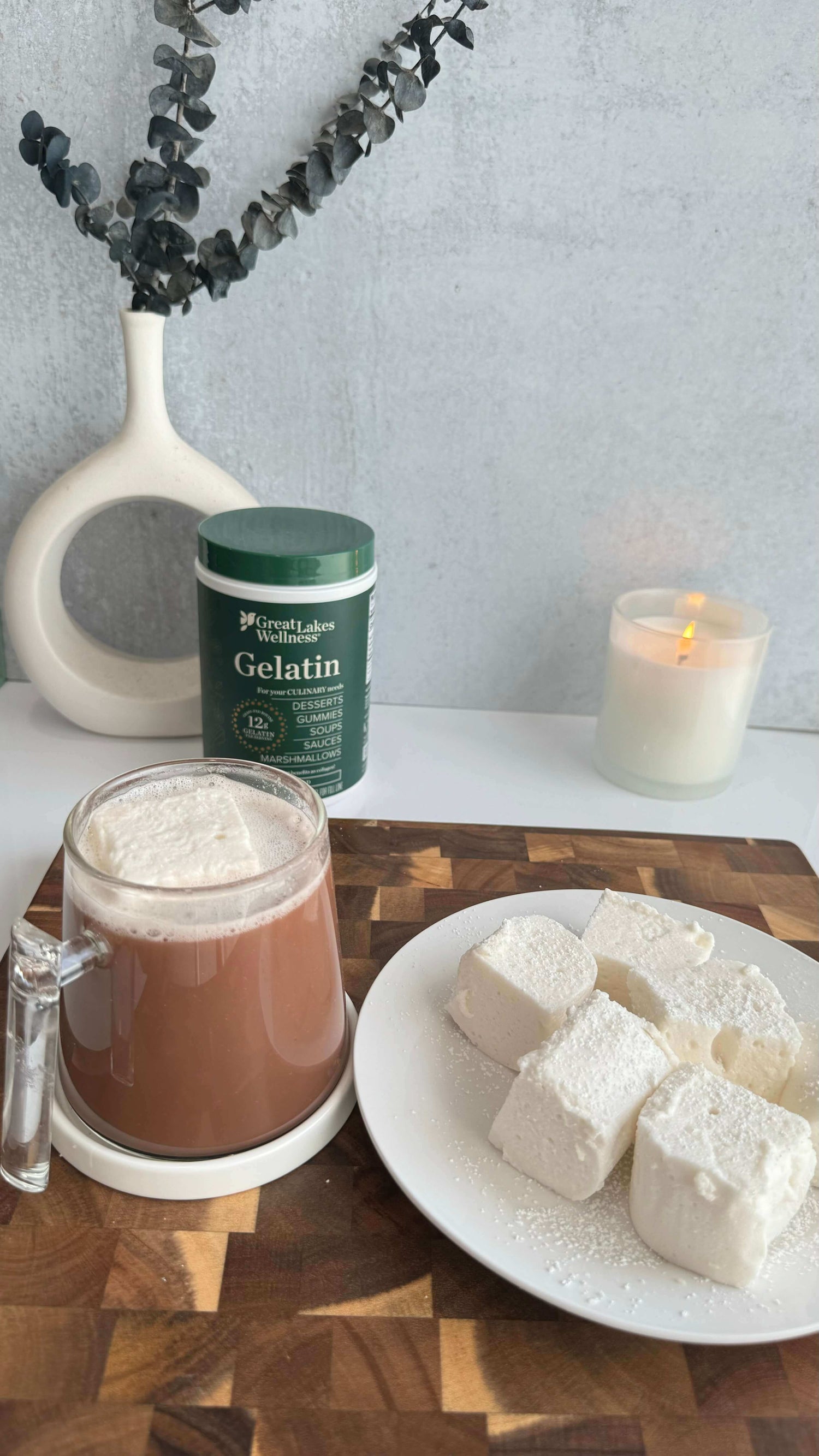
A key element of proper nutrition and eating healthy is portion control. When preparing a meal think of your plate.
- A little over half your plate should be full of non-starchy vegetables and a little less than a quarter of your plate should fruit.
- Lettuce, tomato, carrots, green beans, cauliflower, broccoli, eggplant, red/green/yellow/orange peppers.
- Pick a variety of colorful vegetables.
- Strawberries, blueberries, raspberries, cherries, apples, oranges, banana, grapes.
- A quarter of your plate should be full of lean protein
- Lean meat, skinless poultry, fish, seafood, eggs, low-fat dairy
- A quarter of your plate should be full of complex carbohydrates.
- Whole-grain bread and crackers, brown rice, whole-wheat pasta.
- Starchy vegetables: corn, beans, peas, and potatoes.
- You should consume one portion of low-fat dairy
- Low-fat milk, cheese, yogurt

Colorful Fruits and vegetables are rich in antioxidants and high in fiber.
- Antioxidants trap free radicals which help to prevent cellular changes and/or damage to cells.
- High fiber is good for intestinal health and helps to prevent colon cancer and polyps.
Lean protein helps to maintain lean muscle mass as well as keep you fuller longer.
Complex carbohydrates are also high in fiber and can help to slow digestion and absorption, help to prevent weight gain, help to maintain blood sugars within normal ranges and can help to keep you feeling fuller longer. Complex carbohydrates are also rich in B vitamins. Look for carbohydrates that have 4 grams or more of fiber. Not all carbohydrates are not bad.

Good Fats help to keep you feeling fuller longer and help to maintain and promote healthy cholesterol, triglyceride and LDL and HDL levels. Omega 3 fats have beneficial anti-inflammatory properties.
- Monounsaturated fats: olive oil, canola oil, avocado, peanuts, walnuts, almonds
- Omega 3 fatty acids: fatty fish, flaxseed, walnuts
Low-fat dairy is full of calcium and vitamin D which we need to keep bones strong and healthy.
- Try to incorporate 3 servings of low-fat milk, yogurt, or cheese each day
- If you are lactose intolerant try lactose-free milk and cheese or foods that are calcium-fortified

Reduce your sodium intake. Sodium can increase your blood volume which makes your heart have to work harder which in turn can cause high blood pressure.
- Season your food with fresh herbs and spices instead of using salt
- Try to consume foods that have 140 mg or less of sodium. Very low sodium foods have 35 mg or less.
Limit your saturated fat intake. Saturated fat promotes inflammation. Chronic inflammation can lead to chronic diseases like heart disease and Alzheimer’s. Fats are calorically dense which can also lead to weight gain.
- High-fat meats, the skin of poultry, cream, butter, high-fat dairy.
Limit your sugar intake. Sugar is full of empty calories which means there is no nutritional value. High sugar intake can increase triglycerides.
Sources: Academy of Nutrition and Dietetics, USDA Choosemyplate.gov
Disclaimer: The information provided is for informational purposes only and is not intended to diagnose or treat any medical conditions. Nor is it intended to replace the advice or diagnosis of a medical professional. Individual results may vary.








